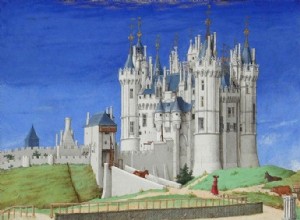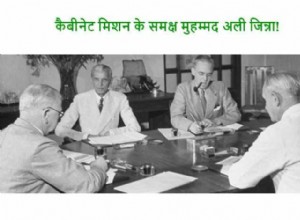The Feudalism was an economic, political and social organization based on land tenure - the manor - that predominated in Western Europe during the Late Middle Ages. It emerged from the encounter between Roman and Germanic customs, through the barbarian invasions in the then Western Roman Empire. Th




